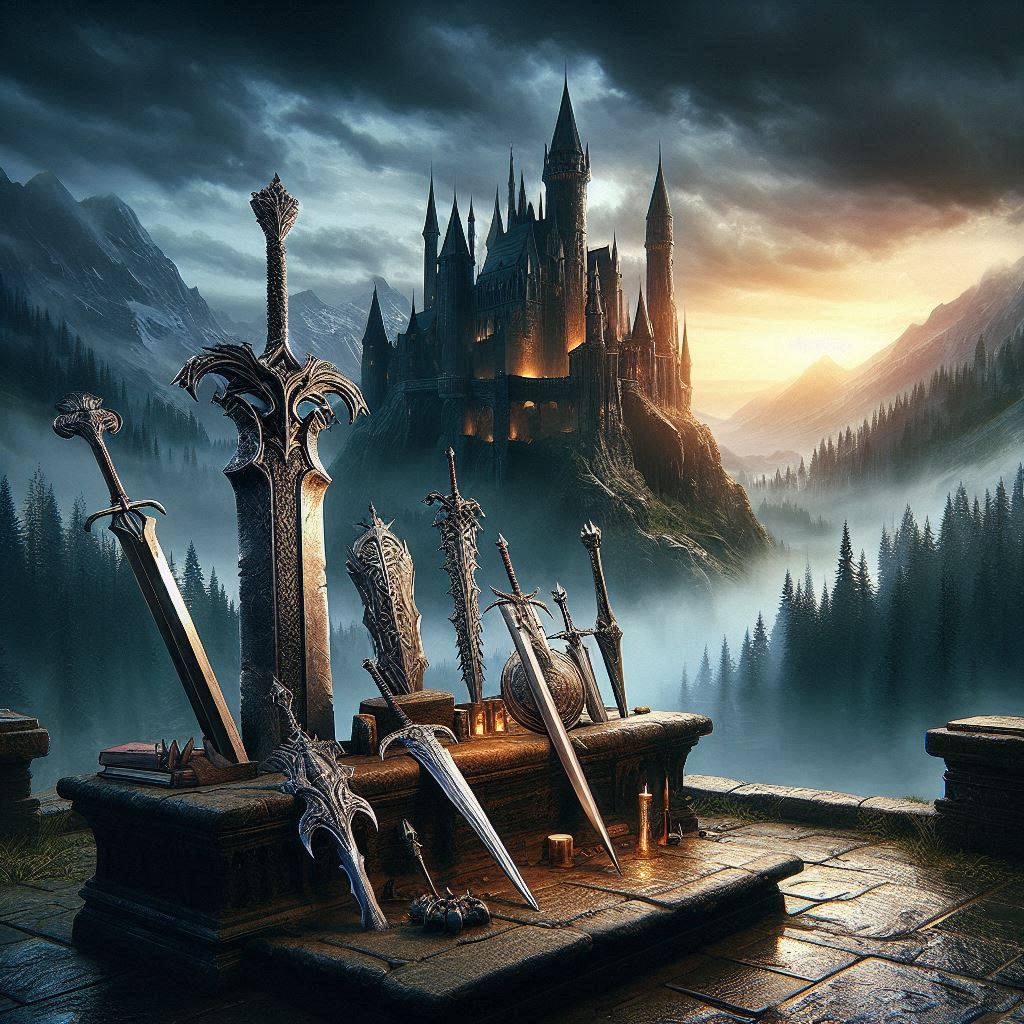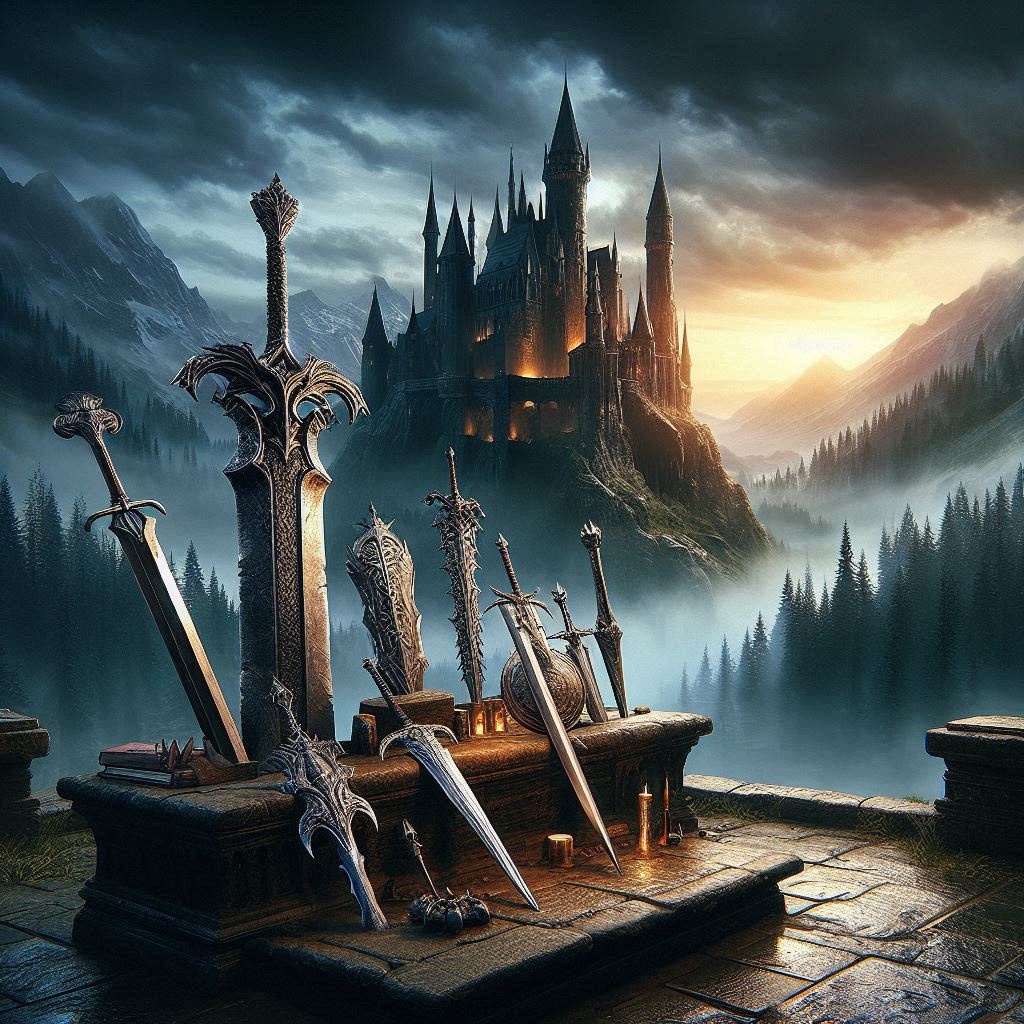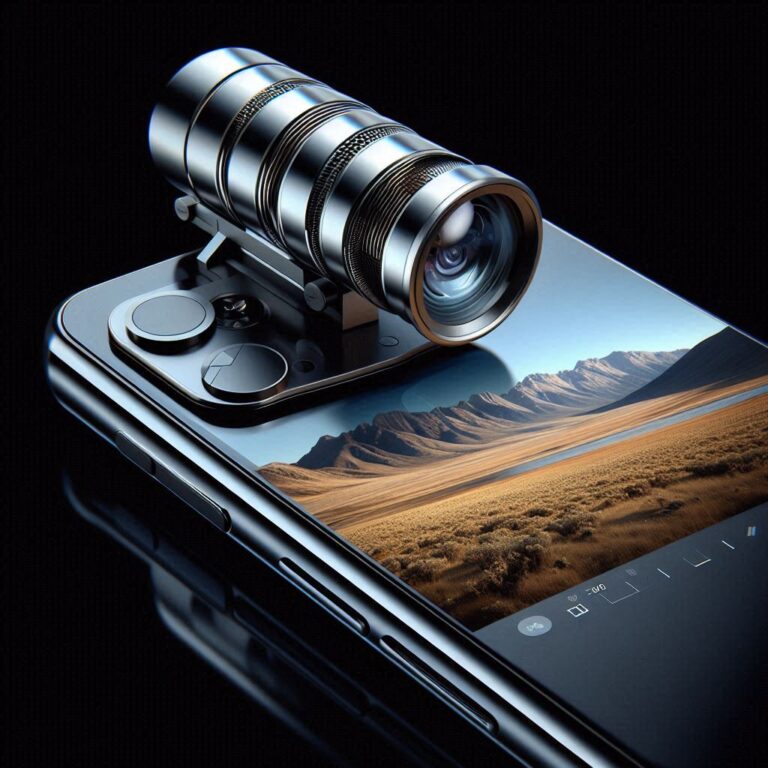Dark Souls III, developed by FromSoftware, has captivated players with its dark fantasy world, challenging gameplay, and intricate storylines. One of the most crucial aspects of the game is the variety of weapons available to players. This blog post will explore the different types of weapons in Dark Souls III, their unique characteristics, crafting mechanics, and tips for selecting the best armaments for your playstyle.
Let’s delve deeper into the Swords category in Dark Souls III
1. Swords
Swords in Dark Souls III are one of the most versatile weapon types, catering to various playstyles and character builds. Here’s a breakdown of the three main subcategories of swords:

Longswords
Overview:
Longswords are versatile weapons that balance speed, reach, and damage. Their moderate weight makes them feasible for various builds without excessively sacrificing movement or stamina.
Characteristics:
- Attack Speed: Longswords have a decent attack speed, allowing players to deliver quick strikes while still being capable of heavier, charged attacks.
- Versatility: They often have a balanced moveset, featuring both slashes and thrusts. This versatility allows players to adapt to a wide range of enemy types effectively.
- Scaling: Many longswords can be infused with various gems to enhance scaling for different builds, making them adaptable for both strength and dexterity characters.
Recommendation:
Longswords, like the Claymore, are excellent for beginners due to their accessibility and ability to perform well across different situations. Additionally, they can serve as reliable backup weapons as players experiment with other types.
Straight Swords
Overview:
Straight swords like Broadsword and Sunlight Straight Sword are renowned for their quick, efficient slashing attacks and can be utilized for both melee and ranged combat through their weapon skills.
Characteristics:
- Speed and Efficiency: These swords are among the fastest in the game, allowing players to execute quick combos. Their quick recovery frames mean players can dodge or parry opponents effectively after an attack.
- Moveset: Straight swords are equipped with a unique moveset that includes thrusting attacks, ideal for surprising enemies or following up a dodge.
- Scaling Options: They can be infused and upgraded to scale with various attributes, making them quite effective for dexterity builds.
Recommendation:
Straight swords are particularly good for PvP (Player versus Player) situations due to their quick attack speed, and they excel at dealing damage while maintaining high mobility. They are also a solid choice for players who prefer a balanced approach to combat.
Curved Swords
Overview:
Curved swords like the Scimitar and Falchion stand out with their unique design and slashing capabilities, famed for their rapid attacks and ability to inflict the bleed effect on opponents.
Characteristics:
- Attack Patterns: Curved swords have a distinct moveset that emphasizes slashing attacks, allowing players to chain together fast strikes, making them effective against enemies with low health or bleed resistance.
- Bleed Effect: Many curved swords can inflict bleeding status, leading to high bursts of damage over time. This makes them highly effective against enemies that struggle to recover from bleed effects.
- Aggressive Playstyle: Their speed and attack patterns make them ideal for players who wish to play aggressively and continuously pressure opponents.
Recommendation:
Curved swords are favored among players who enjoy a fast-paced, high-risk combat style. Their ability to deal bleeding damage is particularly useful in both PvE (Player versus Environment) and PvP scenarios, where quick, repeated strikes can overwhelm foes.
Swords in Dark Souls III encapsulate the essence of the game’s combat system, offering players multiple avenues for engagement based on their preferences. Whether you are someone who favors versatility, speed, or aggressive tactics, there’s a sword to suit your playstyle. By understanding the strengths and weaknesses of each sword category, players can better adapt their strategies and enhance their overall experience in the dark and challenging world of Lothric.
2. Greatswords
Greatswords in Dark Souls III are imposing melee weapons that deliver high damage output and can stagger most enemies with relative ease. While they excel in raw power, greatswords come with trade-offs, primarily concerning speed and mobility. Let’s explore this category in more detail.
Overview
Greatswords are designed for players who enjoy a more deliberate and powerful combat style. They are often favored by strength builds but can also be effective for dexterity-focused players when infused appropriately. Their significant weight requires a consideration of stamina and poise, resulting in a slower attack speed and heavier swings than their shorter counterparts.
Characteristics:
High Damage Output:
- Greatswords typically possess higher base damage than standard swords. This makes them capable of dealing devastating blows to enemies, making them ideal for dealing with tough foes and bosses.
- Their charged attacks—unleashing a heavy swing or a powerful thrust—can inflict considerable damage, particularly when timed properly against an opponent’s vulnerabilities.
Staggering Potential:
- The large size and weight of greatswords allow them to stagger enemies more effectively than smaller weapons. This capability can give players a crucial opening to capitalize on an enemy’s vulnerability, especially during boss encounters or against shielded opponents.
- Successful staggering can interrupt enemy attacks, providing opportunities for follow-up strikes.
Slower Attack Speed:
- The trade-off for immense power is the slower attack speed. Players must be mindful of their timing and positioning, as missed attacks can leave them open to retaliation.
- The slower swings also mean players may have to adapt their combat strategy, using well-timed strikes and blocks rather than rapid aggression.
Require Strength:
- Many of the greatswords scale primarily with the Strength attribute, meaning that players will need to invest in Strength to wield them effectively.
- Some greatswords, like the Zweihander, can also benefit from dexterity, allowing for versatile builds that utilize both attributes.
Special Skills:
- Many greatswords come with unique weapon skills that can enhance their utility in combat. For instance, the Zweihander features the weapon skill “Charged Slash,” which allows players to charge a powerful attack, adding another layer of strategy to combat.
- The Greatsword of Judgement has a unique skill called “Weapon Art,” which provides a powerful melee attack with significant damage potential.
Popular Choices:
Zweihander:
- The Zweihander is one of the most iconic greatswords in the series, known for its excellent scaling, versatility, and high damage output.
- Its moveset allows for both horizontal and vertical attacks, accommodating different combat scenarios. The ability to infuse the Zweihander also makes it a popular choice for various builds.
Greatsword of Judgement:
- The Greatsword of Judgement stands out not only for its high damage potential but also for its unique weapon skill. This greatsword is a fantastic option for players seeking a weapon with both style and power.
- It offers a wide range of strikes with good stagger potential, making it a formidable choice for both PvE and PvP encounters.
Recommendation:
Greatswords suit players who prefer a strong and slow approach to combat, utilizing powerful strikes while managing the risk of being countered. If you enjoy using heavy-hitting weapons and can master timing and positioning, greatswords can be a game-changer in your arsenal.
For those new to the game, starting with a greatsword can provide an enjoyable experience of dealing significant damage while requiring a bit of finesse in combat. As you progress through the trials of Dark Souls III, mastering this weapon type can lead to satisfying victories over even the toughest foes.
3. Colossal Weapons
Colossal weapons in Dark Souls III are the epitome of size and brute force, designed for players who relish the feeling of swinging massive, heavy weapons through hordes of enemies—or even against single, formidable bosses. These weapons are characterized by their immense size and weight, boasting high damage potential and unique combat mechanics that cater to a more powerful, deliberate playstyle.

Exploring Elden Ring: The Action RPG Phenomenon
Overview
Colossal weapons can be a thrilling choice for players who appreciate heavy-hitting attacks and the satisfaction of staggering foes with tremendous blows. While they have great offensive capabilities, they come with notable trade-offs regarding speed and agility.
Characteristics:
Incredible Damage Output:
- Colossal weapons typically deal some of the highest damage in the game, allowing players to inflict massive harm on enemies with each swing.
- When used correctly, they can devastate both groups of weaker foes and tough bosses alike, making them formidable in various combat scenarios.
Staggering and Knockback:
- The sheer weight of colossal weapons often means they have excellent staggering potential. Players can interrupt enemies’ attacks or break through their poise with heavy strikes, providing openings for follow-up attacks.
- Their knockback effect can send enemies flying, particularly effective against low-health foes or when fighting multiple enemies.
High Strength Requirement:
- Colossal weapons require significant investment in the Strength stat to wield effectively. Players will need to focus on Strength (and sometimes Endurance) to maximize their damage and manage the weapon’s weight.
- Due to their high Strength requirement, these weapons are best suited for build strategies focusing on physical damage.
Slow Attacks:
- The trade-off for immense damage is the slower attack speed associated with colossal weapons. Timing and positioning become crucial, as swings can leave the player vulnerable if they miss or are not careful.
- Players must be patient, using their high damage potential while waiting for the right moments to strike.
Unique Weapon Skills:
- Many colossal weapons come with unique weapon skills that enhance their combat capabilities. These skills often involve powerful animations or charged attacks that deal massive damage.
- For instance, weapons like the Great Club can deliver heavy slams to the ground, creating area-of-effect damage or sending foes flying.
Popular Choices:
Giant’s Great Axe:
- The Giant’s Great Axe is a prime example of a colossal weapon that combines impressive damage with a visually striking aesthetic.
- Its moveset focuses on heavy swings and charged attacks, making it an excellent choice for players who want to melee with style. The stagger potential and high damage are ideal for breaking through tougher enemies’ defenses.
Great Club:
- The Great Club is another renowned colossal weapon celebrated for its simplicity and raw power. With a straightforward moveset and satisfying impact, it delivers significant damage with each swing.
- Its weapon skill can deal devastating damage to groups of enemies or bosses, ensuring players feel the weight of their strikes.
Recommendation:
Colossal weapons are perfect for players who thrive on a heavy-hitting combat style and enjoy the visceral feeling of dominating the battlefield. If you favor a strategy focused on high damage and can manage the trade-offs of slower attacks, colossal weapons can be incredibly rewarding.
These weapons can also be exceptionally fun for players looking to create a character that embodies raw strength and immense power, allowing for fantastic experiences against the game’s many threats. While they demand a careful approach due to their slower nature, mastering the timing and placement of colossal weapon swings can lead to exhilarating encounters that encapsulate the epic battles that Dark Souls III is known for.
4. Thrusting Weapons
Thrusting weapons in Dark Souls III are renowned for their speed and precision, making them excellent choices for players who prefer agile combat styles. These weapons deliver rapid, piercing attacks that can exploit enemy weaknesses and openings, allowing for effective and often evasive playstyles. Thrusting weapons cater to players who enjoy quick engagements and skilled timing.
Overview
Characterized by their slender blades and elongated grips, thrusting weapons allow players to effectively stab at foes while maintaining mobility. They are particularly well-suited for dexterity builds, as many of them scale effectively with that attribute, resulting in swift and damaging strikes.
Characteristics:
Rapid Attacks:
- Thrusting weapons are known for their quick attack speed, allowing players to land multiple strikes in a relatively short amount of time. This makes them effective against enemies that may be vulnerable to quick damage output.
- Their quick attack animations often allow players to perform hit-and-run tactics, enabling them to retreat or reposition promptly after an attack.
Piercing Damage:
- Many thrusting weapons inflict piercing damage, which is particularly effective against lightly armored foes and can bypass certain types of enemy defenses.
- The ability to target enemy weaknesses with fast, direct strikes gives players a significant advantage in combat, especially against agile opponents.
Counters to Heavy Armor:
- Thrusting weapons excel at dealing damage to heavily armored enemies due to their unique damage profile. Players can exploit openings by delivering quick thrusts that can chip away at tough foes’ health effectively.
- This quality makes them an excellent choice when facing armored knights or bulkier enemies.
Dexterity Scaling:
- Thrusting weapons often scale primarily with the Dexterity attribute, rewarding players who invest in this stat with higher damage output.
- Many players opt for dexterity builds to maximize speed, agility, and damage, making effective use of the thrusting weapon arsenal.
Unique Weapon Skills:
- Many thrusting weapons possess unique weapon skills that enhance their effectiveness in combat. For example, the Rapier may feature skills that emphasize rapid strikes or counter-attacks.
- Some thrusting weapons also allow for special moves that can catch opponents off guard, capitalizing on openings or creating distance.
Popular Choices:
Rapier:
- The Rapier is a classic example of a thrusting weapon known for its speed and finesse in combat. Its moveset emphasizes quick, precise attacks and counters, allowing for effective engagements against both enemies and players in PvP.
- The weapon skill, such as “Parry,” further enhances its effectiveness for players looking to master the art of counter-attacking, creating a dynamic playstyle.
Estoc:
- The Estoc is another versatile thrusting weapon that offers a slightly different moveset while retaining the quick strike advantage of thrust weapons. Its long reach and rapid thrusting attacks allow players to engage enemies from a safer distance.
- With good scaling in Dexterity, the Estoc is often favored by players looking to deal high damage through agile maneuvers.
Recommendation:
Thrusting weapons are ideal for players who prefer a more agile and tactical combat approach, focusing on quick strikes and precise movements. They work exceptionally well for those who enjoy exploiting enemy weaknesses and creating openings during battle.
If you are drawn to a playstyle that emphasizes speed, skillful timing, and dodging, thrusting weapons can be a wonderful addition to your arsenal. Mastering the art of quick punctures and counters can lead to dynamic encounters, allowing players to dance around their enemies while delivering lethal strikes that exploit the vulnerabilities of even the toughest foes. Thrusting weapons embody a type of finesse unmatched by heavier weapons, making them a worthy choice for any dexterity-focused build in Dark Souls III.
5. Ranged Weapons in Weapons in Dark Souls III
Ranged weapons in Dark Souls III provide players with the ability to engage enemies from a distance, making them an invaluable asset for those who prefer a tactical approach to combat. Whether utilizing bows for precise shots, crossbows for heavy damage, or magical arts for elemental attacks, ranged weapons allow for a variety of playstyles that can adapt to different situations and enemies.
Overview
With the capability to attack from afar, ranged weapons open up strategic opportunities for players, allowing them to thin out enemy ranks, take down adversaries without risking close combat, and create tactical advantages in both PVE and PVP scenarios.
Characteristics:
Distance Engagement:
- Ranged weapons allow players to engage enemies from a safe distance, making it easier to avoid taking damage while dealing out lethal attacks.
- This tactical approach can be particularly useful for scouting difficult areas and picking off vulnerable foes before they can retaliate.
Versatile Playstyles:
- The inclusion of ranged weapons encourages diverse build strategies. Players can emphasize physical attacks, magical prowess, or a combination of both, tailoring their equipment to match their favorite playstyle.
- Hybrid builds that utilize both melee and ranged attacks can capitalize on any situation, maximizing effectiveness in combat.
Damage Types:
- Ranged weapons can deal various types of damage, which can be especially useful against certain enemies. For example, bows deliver physical damage, while magical and pyromancy attacks can inflict elemental damage, creating effective strategies against foes weak to those types.
- Players can exploit enemy weaknesses by carefully selecting the right ammunition or spells for the job.
Ammunition Management:
- It’s crucial to manage ammunition for bows and crossbows, as players will need to keep a steady supply of arrows or bolts. This adds an additional layer of strategy when using ranged weapons.
- Magic users must also be mindful of their spell slots and the effectiveness of their spells against particular enemies, ensuring they are well-prepared for each encounter.
Supporting Magic:
- While not traditional weapons, magic and pyromancy can serve as powerful ranged attacks, complementing physical armaments for players seeking a versatile strategy.
- Players can utilize spells to inflict status effects or deal damage over time, enhancing the overall efficacy of their range-focused playstyle.
Popular Choices in Weapons in Dark Souls III
Bows:
- Dark Moon Longbow: A highly regarded weapon among players, the Dark Moon Longbow excels due to its impressive damage output, range, and versatility. It scales well with the Dexterity attribute and offers unique skills that enhance its performance in combat.
- The Dark Moon Longbow is particularly effective for players looking to integrate a powerful ranged option into their arsenal, making it suitable for both PVE challenges and PVP duels.
Crossbows:
- Heavy Crossbow: Crossbows generally provide higher damage per shot compared to bows, making them ideal for players who favor raw firepower. They are particularly effective when dealing with enemies from a distance, especially when paired with heavy bolts for increased damage.
- However, the slower reload times of crossbows must be considered, as players need to manage their shots carefully to avoid retaliation.
Magic and Pyromancy:
- Spells like Great Combustion or Soul Arrow offer players variety in their ranged attacks, allowing for both direct damage and area-of-effect capabilities. These magical options can turn the tide of battle, particularly against foes susceptible to elemental damage.
- Combining magic with physical attacks can create dynamic strategies, enabling players to adapt to a wide range of combat scenarios.
Recommendation:
Ranged weapons are ideal for players who enjoy a strategic and tactical approach to combat, allowing them the flexibility to engage enemies from a distance and exploit their weaknesses. Whether choosing bows for agility and precision, crossbows for substantial damage, or spells for elemental versatility, players can craft a playstyle that suits their preferences.
If you relish the idea of outsmarting your foes by keeping them at arm’s length, ranged weapons can greatly enhance your gameplay experience in Dark Souls III. With careful planning and execution, engaging foes from a distance can lead to victories that highlight your skill and adaptability in the unforgiving world of Lothric. Embrace the power of ranged combat and let the world of Dark Souls III be your battlefield!
6. Twinblades
A unique category in Dark Souls III, twinblades like the Sellsword Twinblades feature dual-wielded knives that allow for rapid, multi-hit combinations.
Infusion and Upgrades
In Dark Souls III, weapon infusion and upgrades are critical for optimizing performance and tailoring weapons to fit specific character builds.
Infusions:
Weapons can be infused with various gems to enhance certain attributes:
- Refined: Ideal for Dexterity builds, this infusion improves both Strength and Dexterity scaling, making it versatile for hybrid builds.
- Sharp: This infusion significantly boosts Dexterity scaling, perfect for speed-focused playstyles, allowing players to maximize quick, high-damage attacks.
- Heavy: Tailored for Strength builds, the Heavy infusion increases physical damage significantly but sacrifices scaling with Dexterity or Intelligence, favoring pure strength.
- Blessed: Provides health regeneration over time, making it suitable for more defensive players who want to sustain themselves in longer fights.
Upgrades:
Upgrading weapons is vital for enhancing stats and overall performance:
- Materials: Players can upgrade their weapons using items like Titanite Shards, Large Titanite Shards, and others. Each level of upgrade requires increasingly rare materials.
- Prioritization: It’s essential to prioritize upgrading weapons that complement your chosen build. A well-upgraded weapon can greatly enhance your effectiveness in combat, surpassing the benefits
Top Selling Gaming Consoles for Festive Fun: Way to Holiday Gaming Bliss
Weapon Selection Tips
Choosing the right weapon in Dark Souls III can significantly impact your gameplay experience. Here are some essential tips to help you select the perfect armament for your journey:
- Assess Your Build:
Before picking a weapon, it’s crucial to evaluate your character’s build. Look at your Strength, Dexterity, Intelligence, and Faith levels. Choose weapons that scale effectively with your primary stats to maximize damage output and overall effectiveness. - Consider Playstyle:
Think about how you like to approach combat. Are you aggressive, favoring quick attacks and combos? Or do you prefer a more defensive strategy, focusing on timing and dodging? Select weapons that match your playstyle to enhance your comfort and performance in battles. - Experiment:
One of the joys of Dark Souls III is the ability to experiment with different weapons. The game allows players to wield various armaments without significant penalties. Take advantage of this by trying out different types—swords, axes, spears, and more—to discover the weapon that feels best in your hands. - Look for Synergies:
Some weapons come with unique movesets or special skills that can synergize well with your other equipment or spells. For instance, a weapon with a strong parry ability might work well if you’re wielding a shield that compliments that playstyle. Look for weapons that not only fit your stats but also enhance your overall strategy. - Check Weight and Speed:
The weight of a weapon affects your character’s equip load, which in turn impacts your dodging ability and stamina usage. Lighter weapons allow for faster movement and quicker attacks, while heavier weapons may deal more damage but could leave you vulnerable. Balance weight and speed according to your build. - Consider Weapon Range:
Some weapons have longer reach, which can be advantageous in certain scenarios, especially against larger enemies. Evaluate the range of potential weapons and how it fits with your tactical approach in different environments.
By following these tips, you’ll be better equipped to navigate the diverse weapon selection in Dark Souls III, ultimately enhancing your gameplay experience and journey through the challenging world. Happy hunting!
Conclusion
Weapons in Dark Souls III play a pivotal role in both combat and exploration. Each class offers unique gameplay experiences that can significantly impact your approach to the game. Whether you prefer wielding a massive greatsword or expertly handling a rapier, there’s a weapon for everyone.
Take the time to experiment and discover which weapons resonate with your playstyle, and remember – mastering a weapon is as crucial as the weapon itself. As you traverse Lothric, may your chosen weapons help you conquer its many challenges. Good luck, Ashen One!



